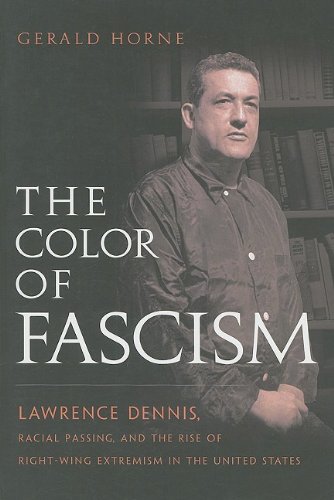Contact of Races in BrazilPosted in Anthropology, Articles, Brazil, Caribbean/Latin America, History, Media Archive, Social Science on 2013-05-03 22:32Z by Steven |
Social Forces
Volume 19, Number 4 (May, 1941)
pages 533-538
DOI: 10.2307/2571211
Arthur Ramos
University of Brazil, Rio de Janeiro
BRAZIL, as well as other American countries, was originally a land of conquests; the growth of its population has developed by the contact or confluence of European settlers with the Indians. In this vast laboratory of races, the New World, Brazil affords a splendid field for investigation of how heterogeneous peoples from many sources have mingled and formed one homogeneous people, one language, and one culture.
When the Portuguese settlers came to Brazil in 1500 with the caravel guided by Pedro Álvatres Cabral, they met an Indian population occupying the Brazilian coast in an extension of about 5,000 miles. With the Portuguese settlers in the six-teenth century came an enormous number of Africans, at first from the sixteenth to the eighteenth centuries as slaves for agricultural work, and afterwards for work in mining and other tasks. After the abolition of slavery in 1888, other European contingents immigrated to Brazil. In addition to the Portuguese there were Germans, Italians, Spaniards, and other European peoples, and also some oriental peoples such as the Japanese.
Because of the heterogeneous sources of its population, Brazil is a splendid field for investigation of human hybridism. Unfortunately the field researches are few and without any definite conclusion. But we have at our disposal several centuries of a vast experience of contact of races, this contact being moulded according to a very old Portuguese tradition, that is, the contact between the Portuguese and the peoples they discovered in their exploration and colonization. In the contact between Portuguese and Negroes, for instance, Brazil never had anything similar to the Black Code and other legal prohibitions of contacts of races by miscegenation and intermarriage such as were very frequent elsewhere in the New World, especially in the English America.
The religious feeling has also favored interbreeding, and it was very common among the colonists. Many have emphasized the action of Catholicism with its doctrine of essential equality of mankind and its estimation of racial scruples. This position of Catholicism has been adopted by many Protestant countries influenced by modern missionaries. Important also is the legislation and the strength of the public opinion in several South American countries with reference to miscegenation and intermarriage. In…
Read or purchase the article here.
